Sample Minded
Okay, sampling in weaving might not be quite in the same realm as the “sampling” process that lead Darwin to come up with the theory of evolution, but Venter’s point is that new ideas rarely appear like light bulbs. New ideas are often, counterintuitively, results of collecting the “old ideas” together, moving them around, making small changes, observing, etc.
With this notion in my mind, and in preparation for an upcoming class, I have been (uncharacteristically) sample minded. I realize that I have moaned and groaned about “sampling” in one or two or more . . . blog posts, but I recently discovered a nuance in my relationship to “the sample”. It turns out that I hate sampling for a project, but I love weaving samples as the project! If the mission is to weave samples in preparation for weaving a scarf or placemats, then I would much rather (impatiently) dive into the project itself, and consider what I have woven as “the sample” if there is a problem or “the project” if it works out well. 
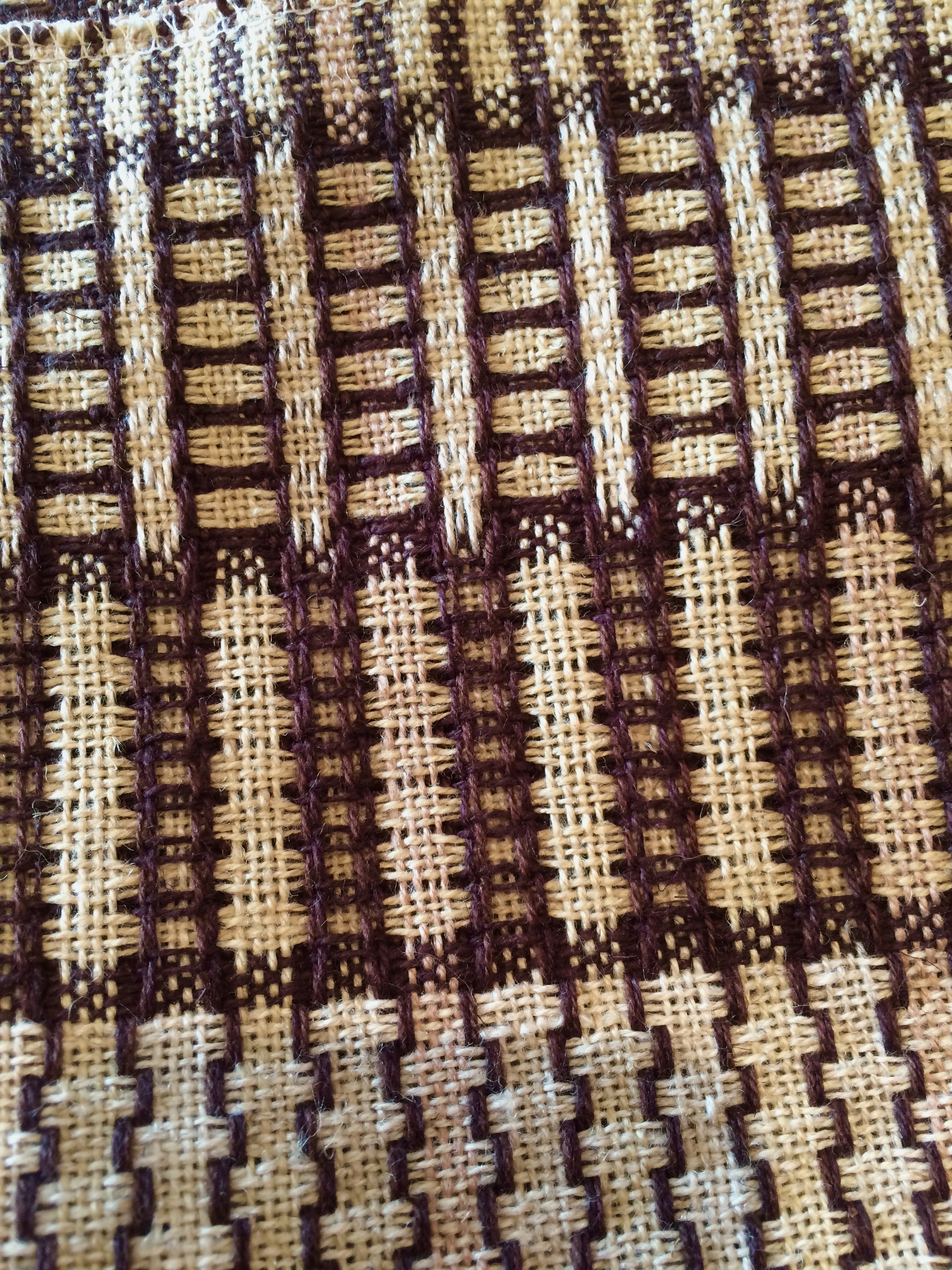
Some might see the biggest problem with this approach as the potential waste of time/materials if the initial concept is faulty, but I think there is a much bigger problem. For one thing, I have been doing it this way for a long time and the results of my approach have rarely been so disastrous as to be a total loss. Alarm bell! By definition, I must be keeping my “ideas” in a very narrow, safe zone if I can weave projects without sampling. And by having an end use in mind I have already shut the door on other possibilities and reduced my willingness to mess around, re-arrange, etc.
SO, my new mission is samples as the end product! And to paraphrase Laurie Autio when she was asked what she was making when she was doing a lot of experimental drafting, she replied, “I’m making a weaver.”
I will admit that this might be too big to count as a sample . . .



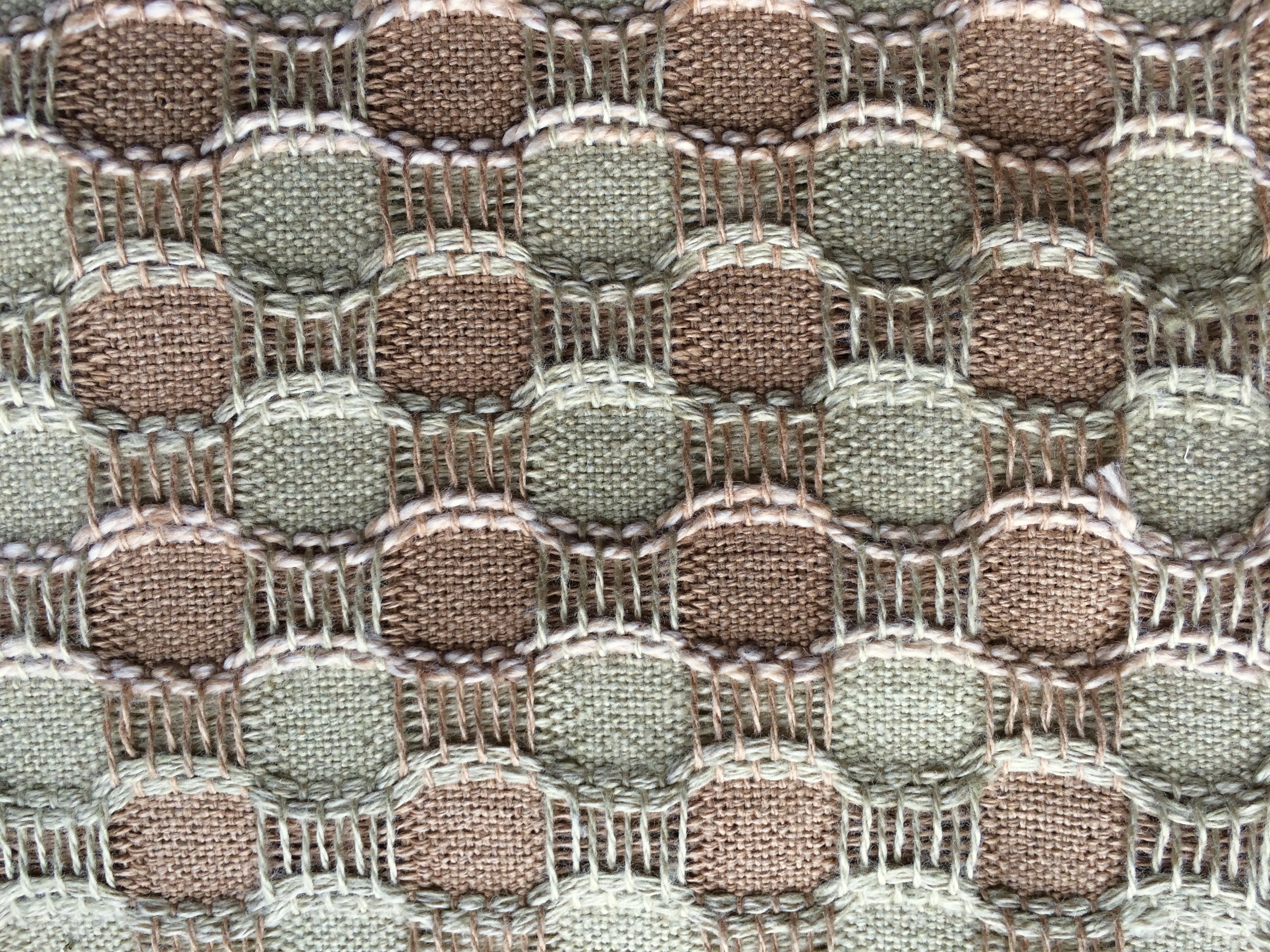



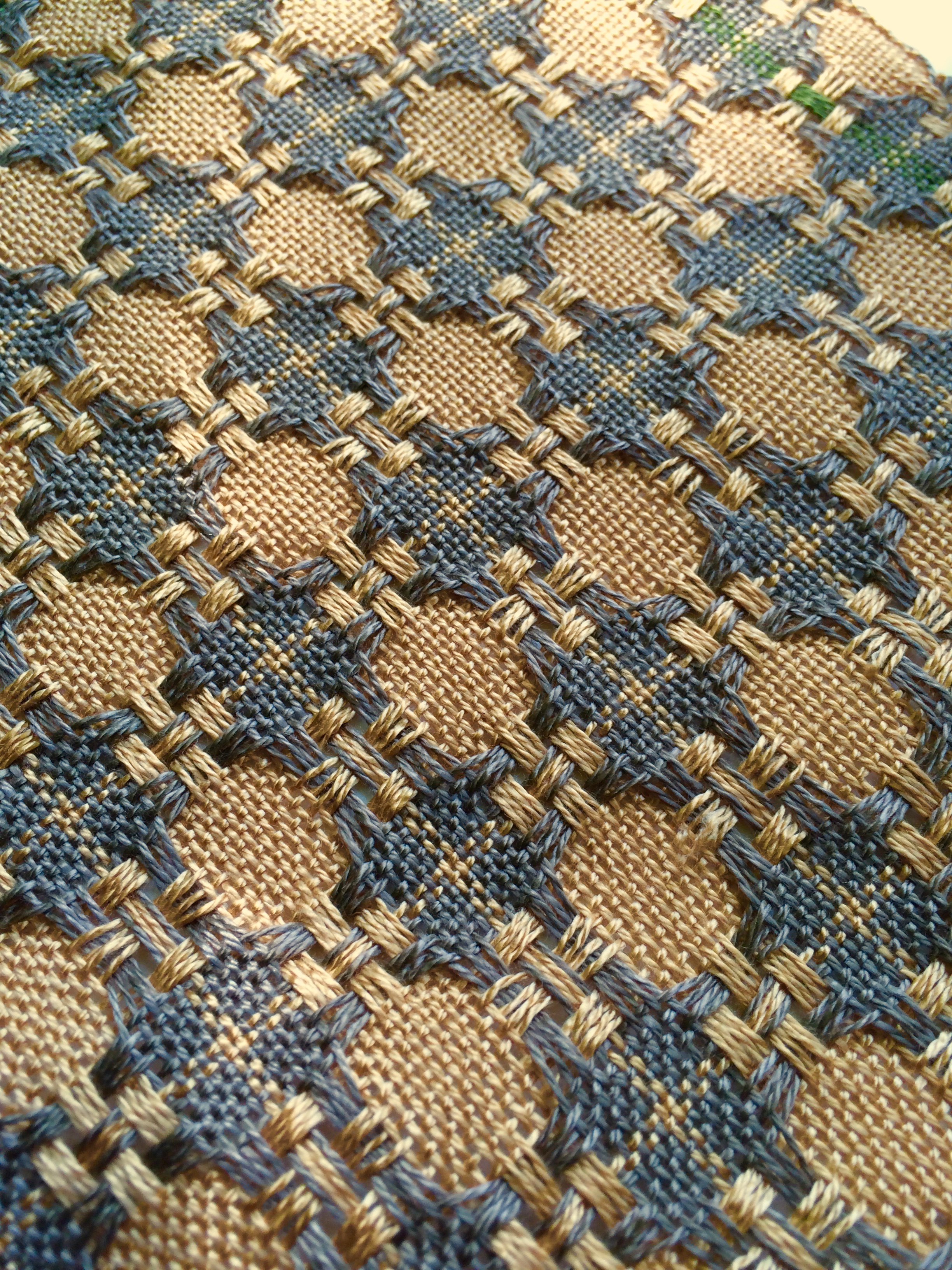

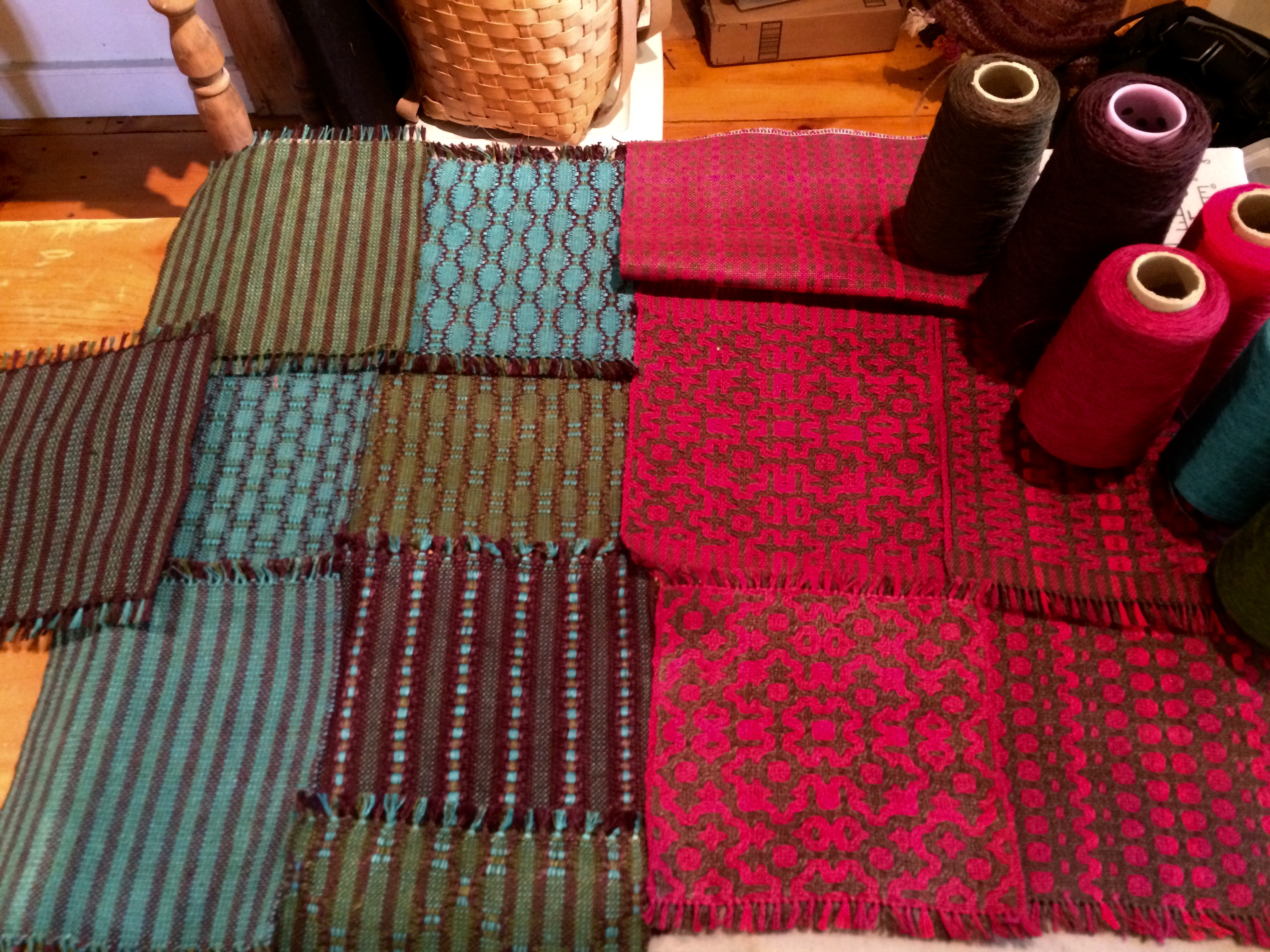
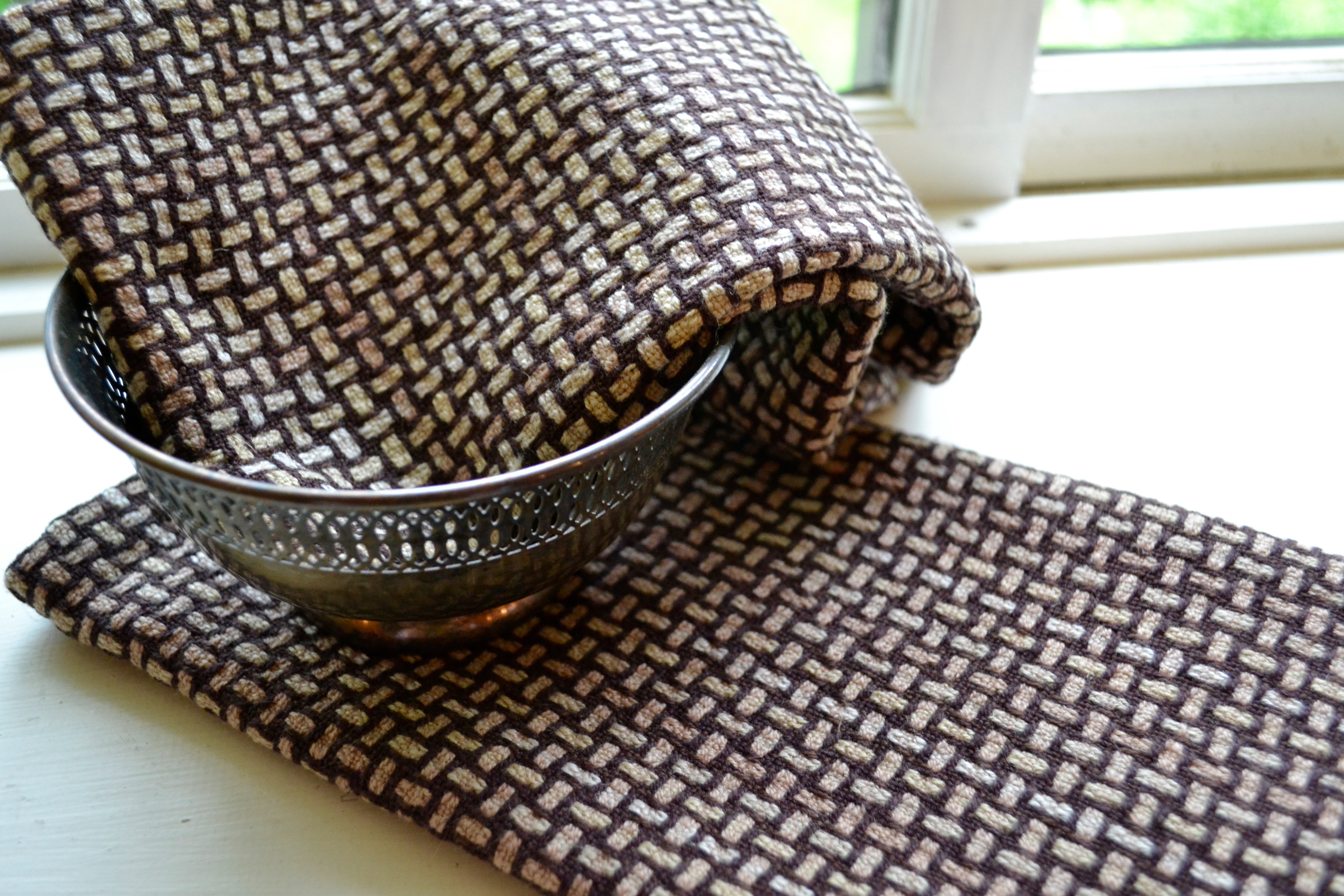

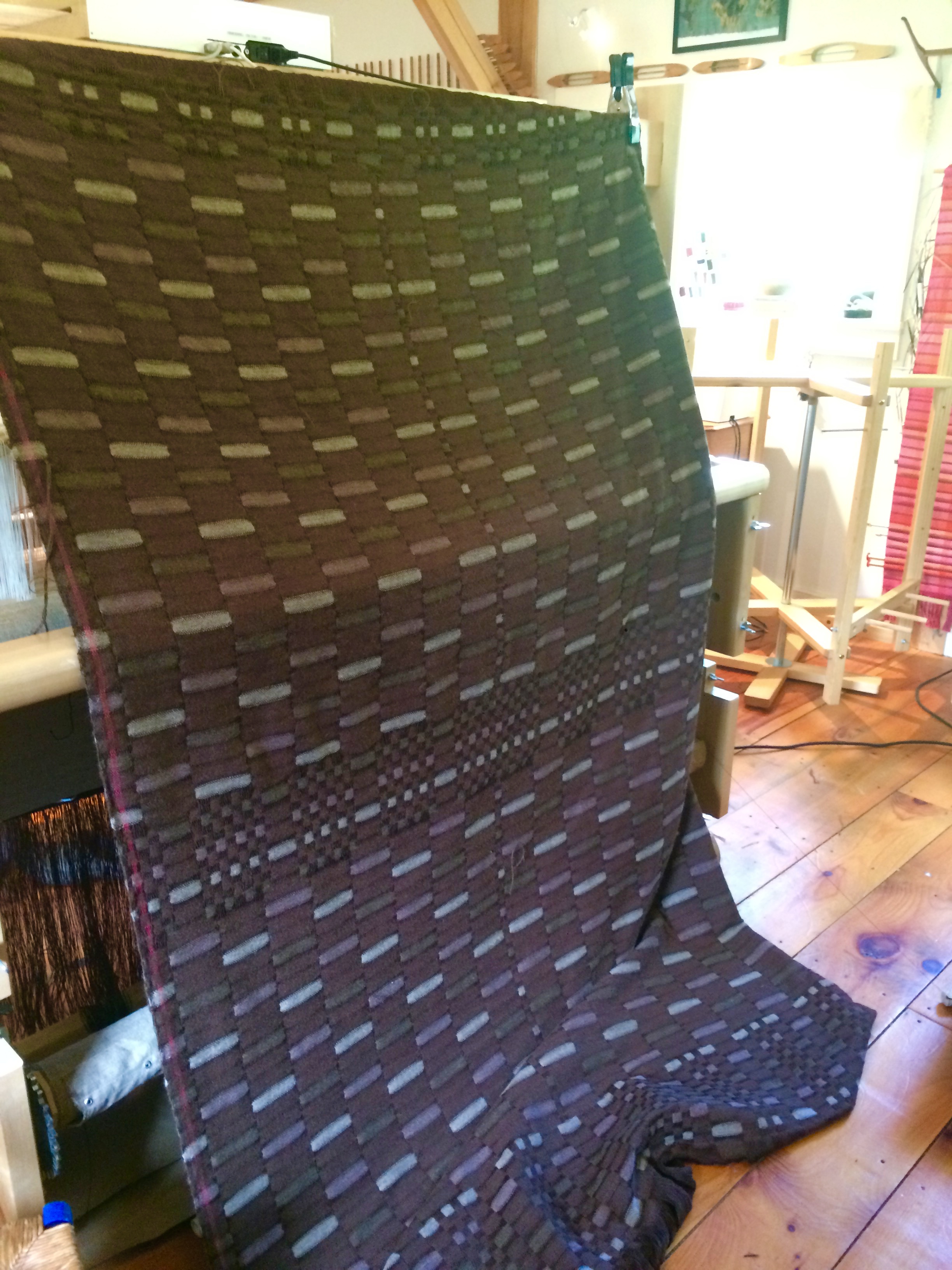
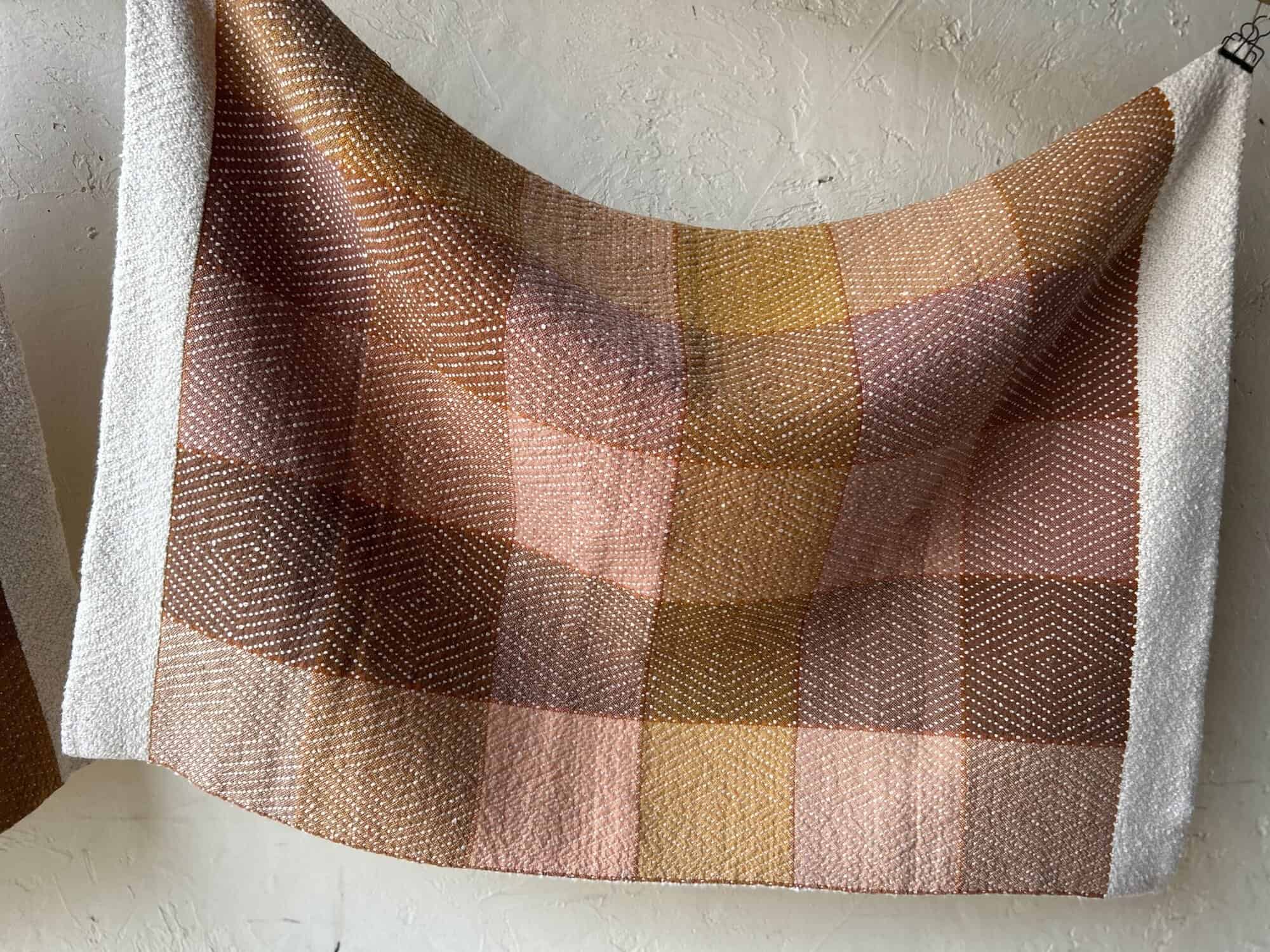
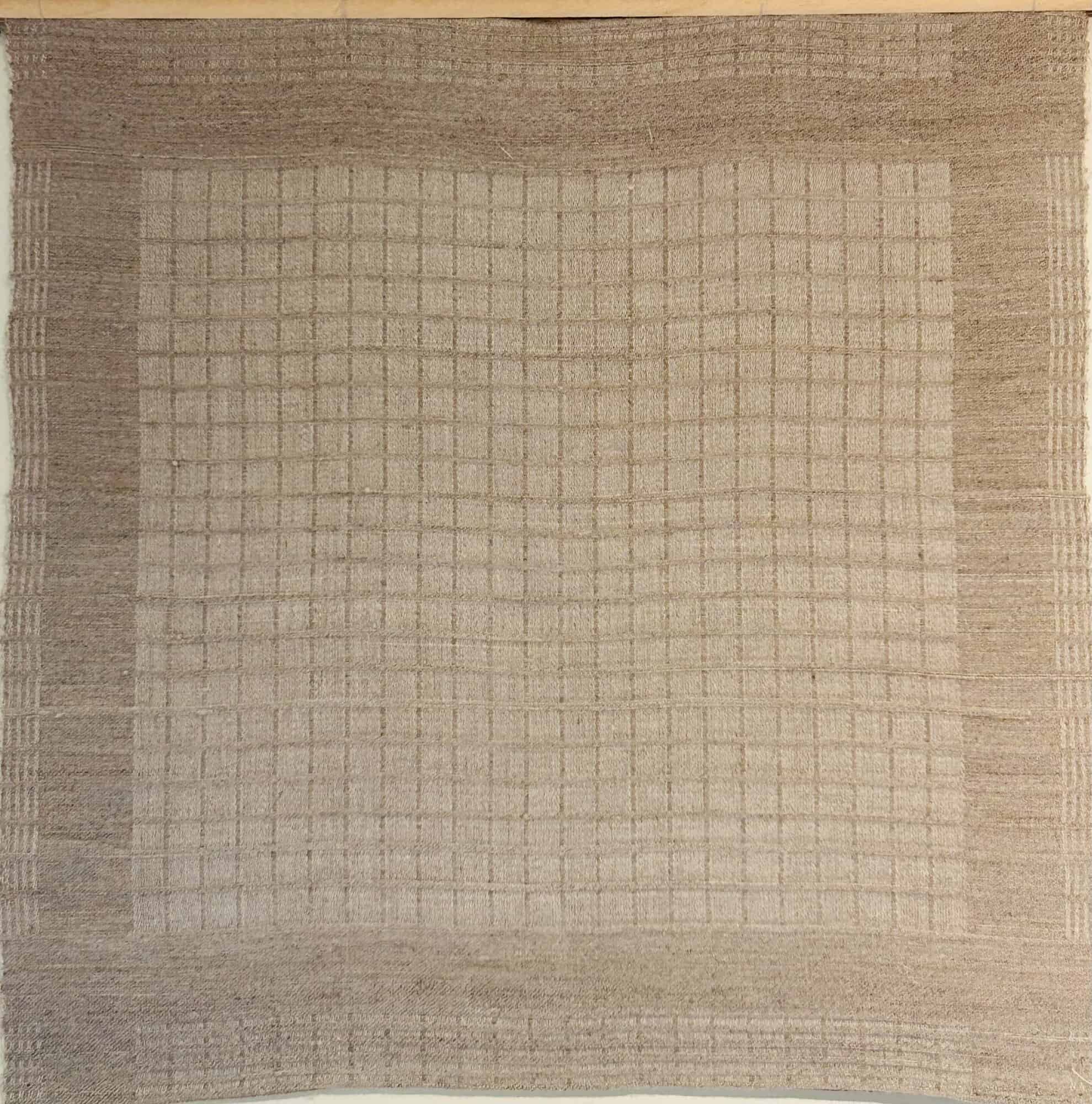
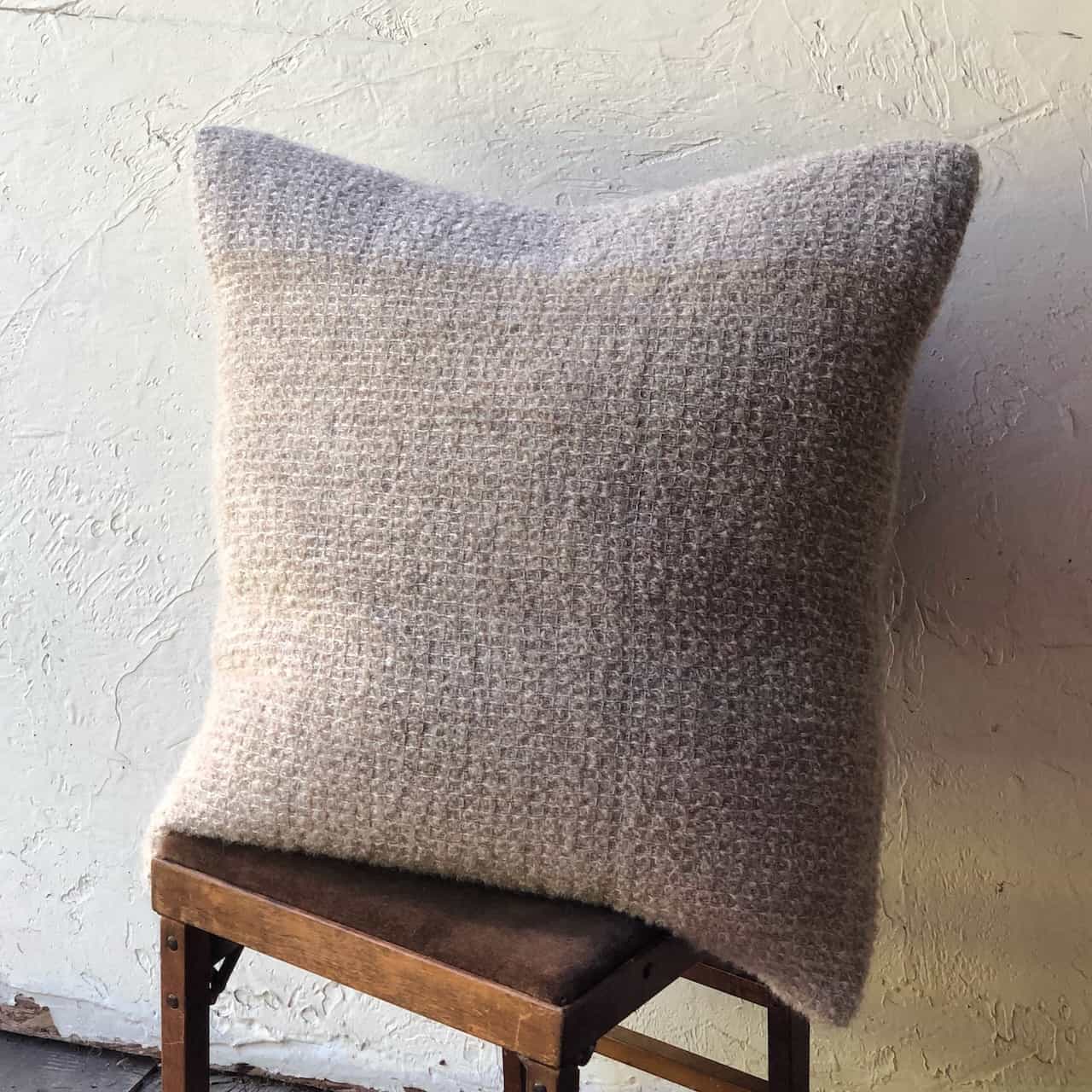
Dianne Dudfield
Love every one of your samples especially the blue/purple and red textured ones. So much movement with what looks like tabby.
Elisabeth Hill
Thanks Dianne!
It is Plainweave!! Crazy Dimity (plain weave that weaves every pick in one area and every other in another which creates the texture)-in this case Dimity bars running vertically and horizontally. Only drawback is most Dimity fabrics are not reversible – floats on back. I did see a reversible double Dimity shawl in the Complex Weavers Journal . . . 30 shafts I believe?
Valerie
Sigh…. I love every one of those samples. I too enjoy weaving sample warps more than samples for a project. The reason is there are no rules, no expectations, no exact pattern repeats or selveges to worry about…..just throw the shuttle and see what happens.
Hope you get to come back to Michigan soon!
Elisabeth Hill
Great to hear from you Valerie,
Maybe we should create an “samples only” weaving group . . . oh, Complex Weavers already covered that:)))
Lynn
Oh, that blue and brown, where the warp appears to wander way back and forth! And who says samples have to be small, anyway? If all we ever sample are pieces small enough to stuff in a notebook, what about rugs? What about very-long-repeat yarns? Warp painting? If you fail (or succeed) boldly with a project, without sampling first, doesn’t that teach you just as much or more as making nice tidy little samples?
Elisabeth Hill
I like your way of thinking Lynn!!
Suzanne Pelto
I believe your Mother might say your work has not fallen far from her tree! Such gorgeous colours Lisa! So exciting and rich!
Suzanne
Elisabeth Hill
Hi Suzanne
So wonderful to “hear your voice”! We missed you at the WWM workshop – all the old pals?. We are trying to herd cats for a trip to Yale to see the Peruvian textiles. . . . Could you join?
Suzanne Pelto
When? And would love to!
Suzanne
Elisabeth Hill
Looks like late Aug/early Sept . . . busy folks these weavers.
Jules Waddell
Oh, so, so beautiful and inspiring! Can you tell me more about your first sample? I’m still trying to get my brain to translate what the flat angular draft looks like to the organic, textured form of the final product. I would love to make towels with that pattern!
Elisabeth Hill
Hey Jules,
How’s life in Columbus? I’m still talking about your fab Arts Center and what a great group we had. The first sample was woven for Handwoven’s Yarn Lab (Nov/Dec 2016) using some wonderful 14/2 linen (Louet’s Euroflax) I used 3 colors – burgundy, red and caribou and it was set to have the pleasant sturdy floppiness of a placemat or table runner. I believe the setts will be in the magazine. Hope all is well and that you are able to get some weaving done between the joys/frenzies of job/life/kids.
Isabelle Flinois
Tout ça est magnifique ! J’adore regarder vos fabrications.
Bonne continuation,
Isabelle
Nancy Jean Moore
Where can I find the draft for the third sample that is blue and green?
Elisabeth Hill
Hi Nancy, and so sorry for the belated response. It is a turned Ms and Os, and I believe if you search that term you will find many examples/drafts (I believe Weaverly has an interesting version: https://weaverly.typepad.com/weaverly/2017/08/a-curious-ms-os-draft.html). I am planning to write a napkin or towel pattern using Turned Ms and Os because I also find it fascinating and fun to weave. Check back in the next few months!